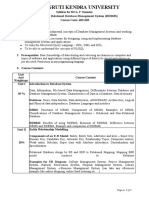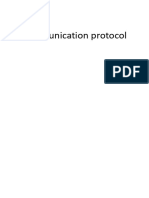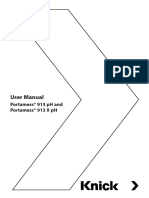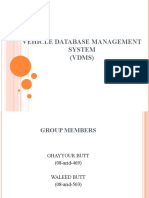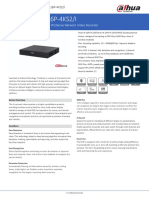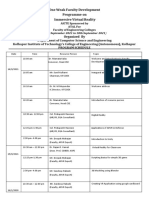0% found this document useful (0 votes)
13 views3 pages02 - DBMS Syllabus
The document outlines the syllabus for the Database Management Systems course (IT211), detailing course objectives, outcomes, and unit topics. Key areas of focus include database concepts, SQL, normalization, and transaction management. The course aims to equip students with practical skills in database design, querying, and management through structured learning and assessments.
Uploaded by
vijaychiranjeevi79Copyright
© © All Rights Reserved
We take content rights seriously. If you suspect this is your content, claim it here.
Available Formats
Download as PDF, TXT or read online on Scribd
0% found this document useful (0 votes)
13 views3 pages02 - DBMS Syllabus
The document outlines the syllabus for the Database Management Systems course (IT211), detailing course objectives, outcomes, and unit topics. Key areas of focus include database concepts, SQL, normalization, and transaction management. The course aims to equip students with practical skills in database design, querying, and management through structured learning and assessments.
Uploaded by
vijaychiranjeevi79Copyright
© © All Rights Reserved
We take content rights seriously. If you suspect this is your content, claim it here.
Available Formats
Download as PDF, TXT or read online on Scribd
/ 3


























